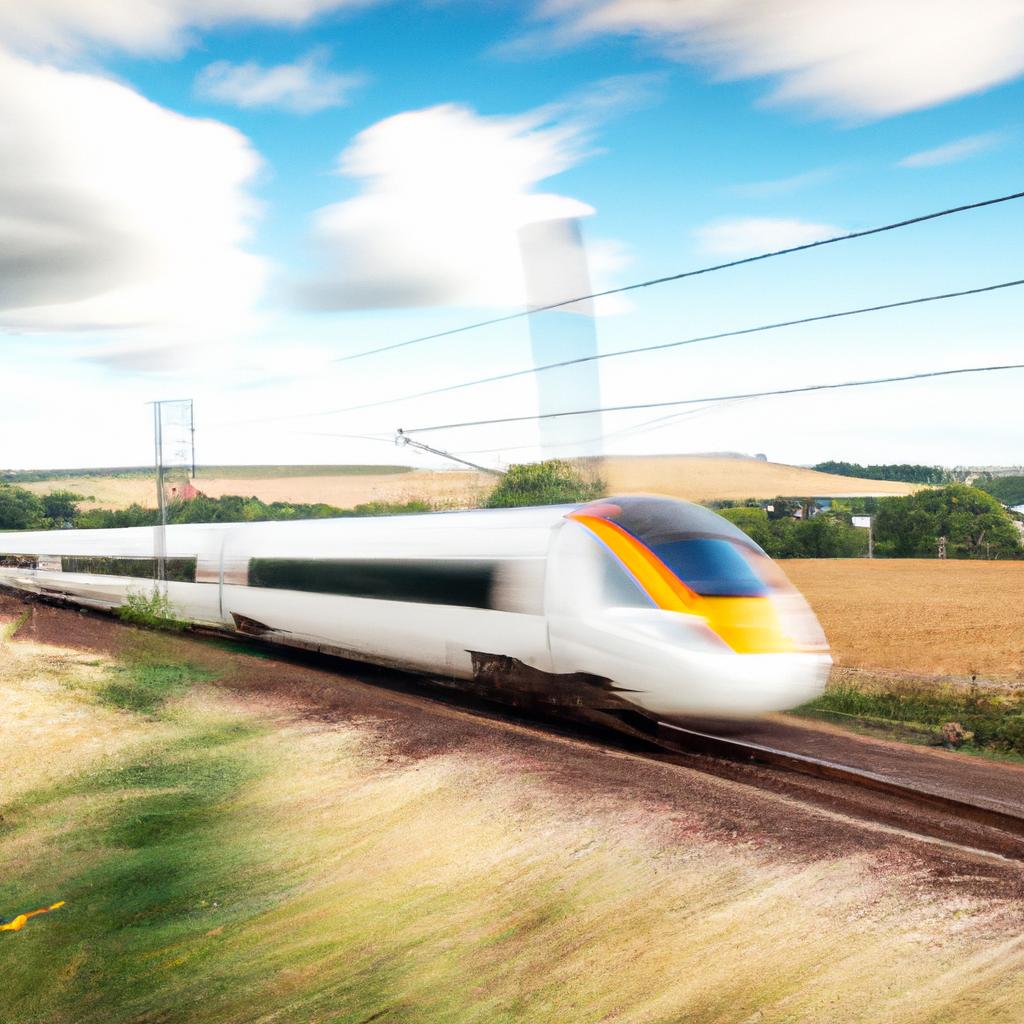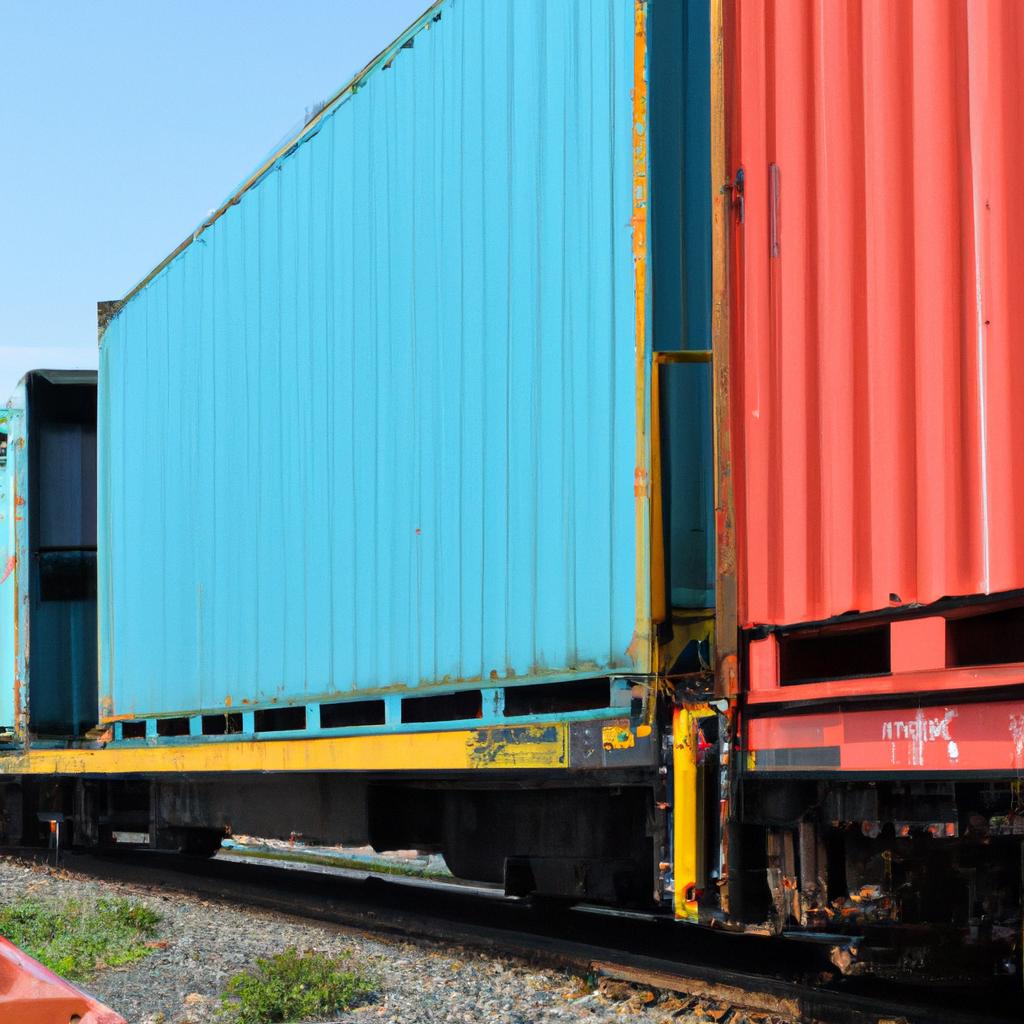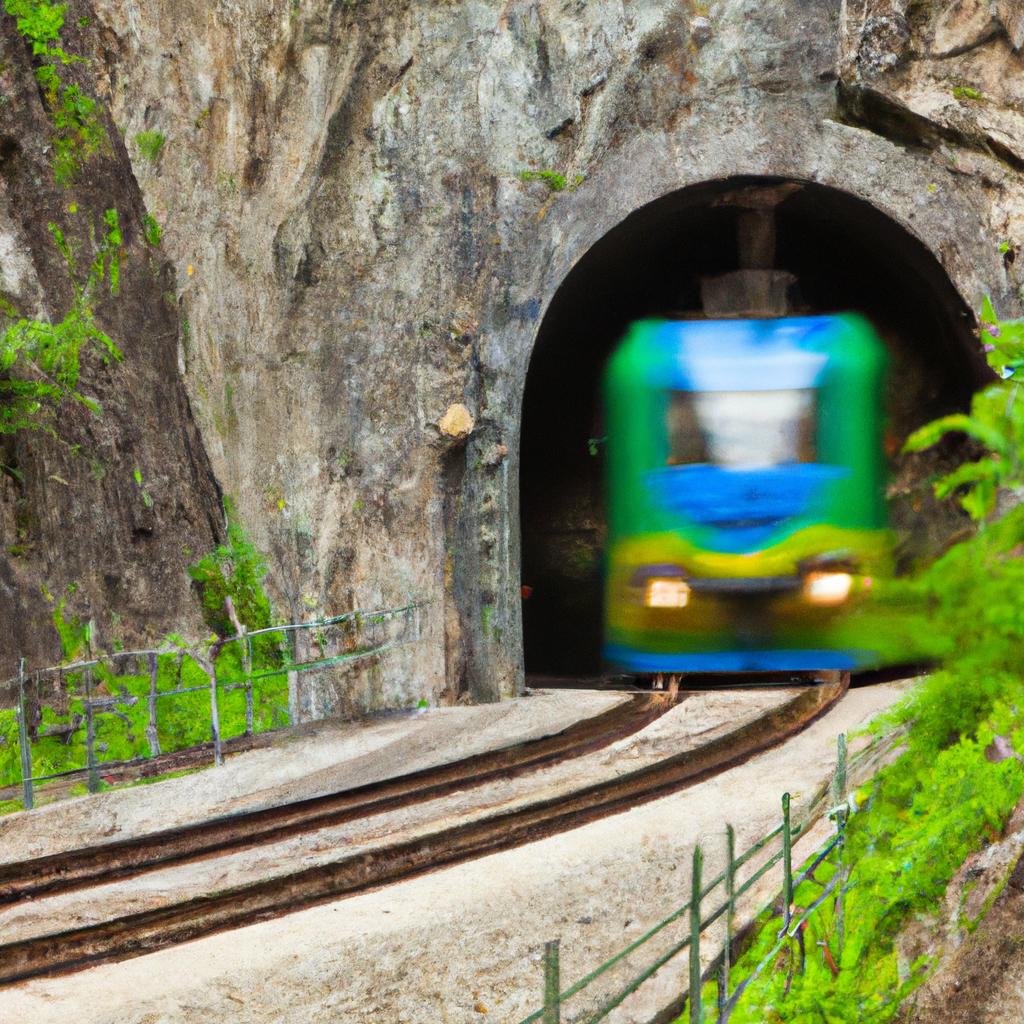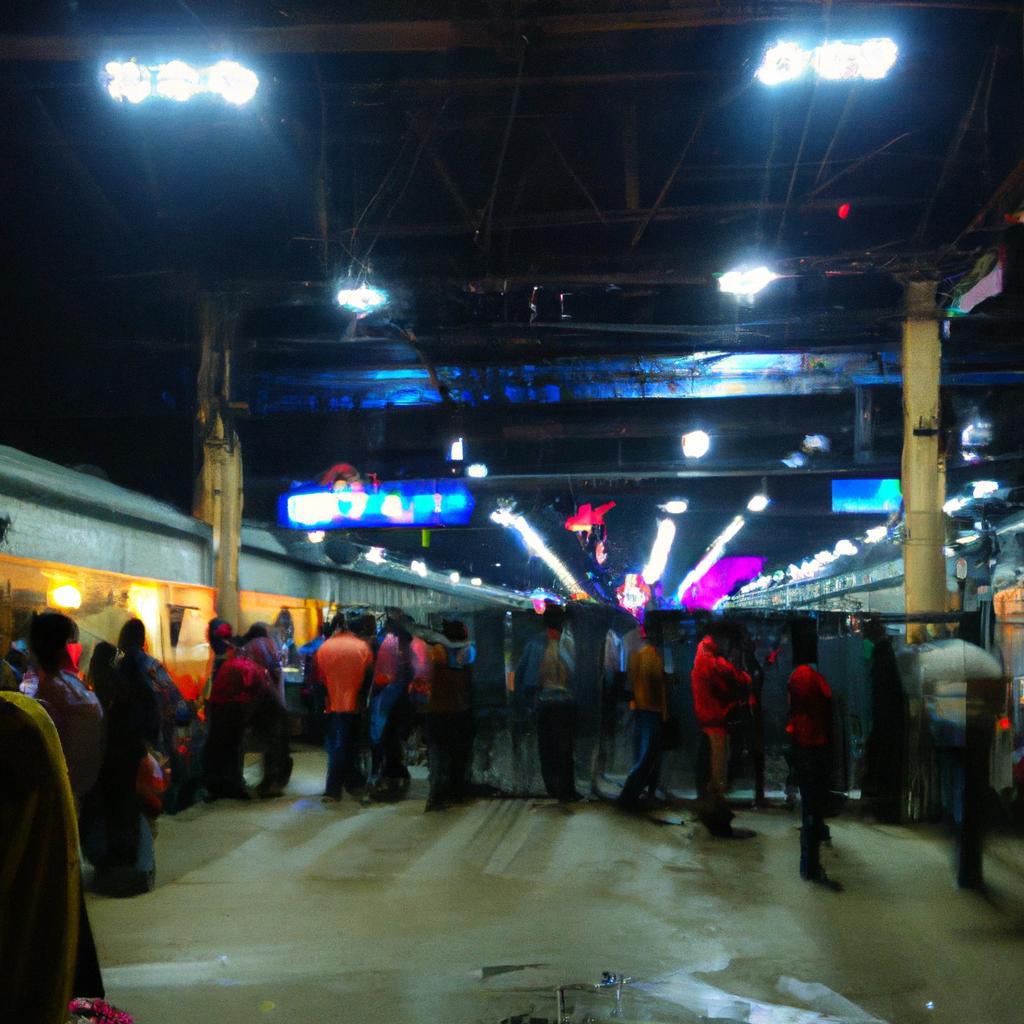The train market, also known as the railway industry, has been an integral part of the transportation sector for over two centuries. With its extensive network of tracks and infrastructure, the train market plays a crucial role in transporting goods and people in a cost-effective, efficient, and environmentally friendly manner.
Evolution of Train Market

Historical Background of Train Market
The train market has a rich historical background that dates back to the early 19th century. It all began with Richard Trevithick’s invention of the first steam-powered train in 1804. This breakthrough was followed by the introduction of the first passenger train, the Liverpool to Manchester line, in 1830.
During the 19th century, the train market experienced rapid expansion, connecting major cities and ports across Europe and North America. The introduction of the transcontinental railroad in the United States in 1869 revolutionized transportation and fueled economic growth.
Advances in Train Technology and Infrastructure
In recent years, the train market has witnessed remarkable advancements in technology and infrastructure. High-speed trains like the Shinkansen in Japan and the TGV in France have redefined travel by offering faster and more comfortable journeys for passengers. Automation and digitalization have also played a significant role in enhancing safety and reducing operational costs.
Massive investments have been made in train infrastructure, including the construction of new tracks, stations, and terminals. These developments have increased capacity and improved connectivity between regions, fostering economic growth.
Current State of Train Market

Major Players in Train Market
The train market is a highly competitive industry with several major players. China Railway Corporation, Union Pacific Railroad, Canadian National Railway, CSX Corporation, BNSF Railway, Norfolk Southern Railway, Indian Railways, and Deutsche Bahn are some of the key players in this industry. They operate in various segments, including freight and passenger transportation, locomotive manufacturing, and infrastructure development.
Market Size and Growth Trends
According to a report by Allied Market Research, the global train market size was valued at $501.1 billion in 2019 and is projected to reach $820.7 billion by 2027, growing at a CAGR of 6.4% from 2020 to 2027. The train market’s growth can be attributed to the increasing demand for cost-effective and efficient transportation, rising urbanization, and government initiatives to develop high-speed rail infrastructure.
The Asia-Pacific region dominates the train market, accounting for the largest market share in 2019. The train market’s growth in this region is fueled by the increasing demand for freight and passenger transportation, rising urbanization, and government initiatives for high-speed rail infrastructure. In North America, the train market’s focus is primarily on freight transportation, with the United States leading as the largest freight rail market worldwide.
The train market is expected to continue its growth trajectory by leveraging technological advancements, infrastructure development, and the rising demand for sustainable transportation solutions.
Challenges Faced by the Train Market

Competition from Other Modes of Transportation
One of the significant challenges faced by the train market is the competition from other modes of transportation such as road, air, and sea transport. These modes offer convenience and flexibility, leading to a decline in demand for train services in some areas. To overcome this challenge, the train market should focus on its competitive advantage in long-distance transportation of goods and people.
Infrastructure and Maintenance Issues
Infrastructure and maintenance issues pose another challenge for the train market. Aging infrastructure, including tracks, bridges, and tunnels, increases maintenance costs and affects service quality. To address this challenge, the train market must invest in infrastructure upgrades and maintenance to ensure efficient and reliable service delivery.
Regulatory and Policy Challenges
Regulatory and policy challenges, including safety regulations and environmental policies, also impact the train market. While implementing these regulations can be costly, they are necessary for passenger safety and environmental protection. Close collaboration with regulatory bodies is crucial to finding cost-effective solutions that meet safety and environmental standards.
In conclusion, the train market faces significant challenges that must be addressed to ensure its sustainability and growth. By focusing on areas of competitive advantage, investing in infrastructure upgrades and maintenance, and collaborating with regulatory bodies, the train market can overcome these challenges and continue its vital role in the transportation industry.
Opportunities in Train Market

The train market offers numerous opportunities for growth and innovation. Let’s explore some key opportunities:
Innovations in Train Technology and Services
Continuing innovation in train technology and services is essential for the train market’s growth. Advanced technologies such as artificial intelligence and machine learning have improved efficiency, safety, and passenger comfort. Development of high-speed trains has reduced travel times and increased demand. Investing in eco-friendly and sustainable transportation solutions, such as electric trains and alternative fuels, aligns with the growing trend towards a greener future.
Expansion of Train Infrastructure
Expanding train infrastructure presents a crucial opportunity for the train market. Investments in new train lines, stations, and terminals improve connectivity and accessibility, driving demand for train travel. This expansion also promotes economic growth in previously remote areas and opens doors to new industries.
International Market Potential
The train market holds significant potential for international growth. Cross-border train travel facilitates trade and tourism, creating new economic opportunities. The development of international train routes and the integration of train networks across borders are vital for the train market’s global expansion.
In conclusion, the train market offers various opportunities for growth and innovation. Investments in train technology and services, expansion of train infrastructure, and the development of international train routes are crucial to driving future growth in this industry.
Future Outlook for the Train Market

The train market is poised for a bright future, with significant growth projected in the coming years. The increasing demand for sustainable transportation solutions, coupled with technological advancements, will drive this growth.
One area of growth is the expansion of high-speed rail networks, offering faster, more comfortable, and environmentally friendly travel options. Such expansions will increase connectivity and promote economic growth locally.
Digitalization and automation will further contribute to growth, enhancing efficiency, safety, and reliability across the train market. Utilizing data analytics and predictive maintenance will lead to reduced downtime and increased reliability.
The train market also presents substantial opportunities for international expansion. As countries prioritize sustainability and seek alternative transportation modes, the train market offers an attractive solution. The expansion of cross-border rail connections and the adoption of international standards will foster global growth.
In conclusion, the train market is set to experience significant growth in the coming years. Technological advancements, high-speed rail expansions, digitalization, automation, and international opportunities will drive this growth. The train market will continue to play a vital role by offering a sustainable, efficient, and reliable mode of transportation for goods and people.
Citations and Relevant Hyperlinks:



